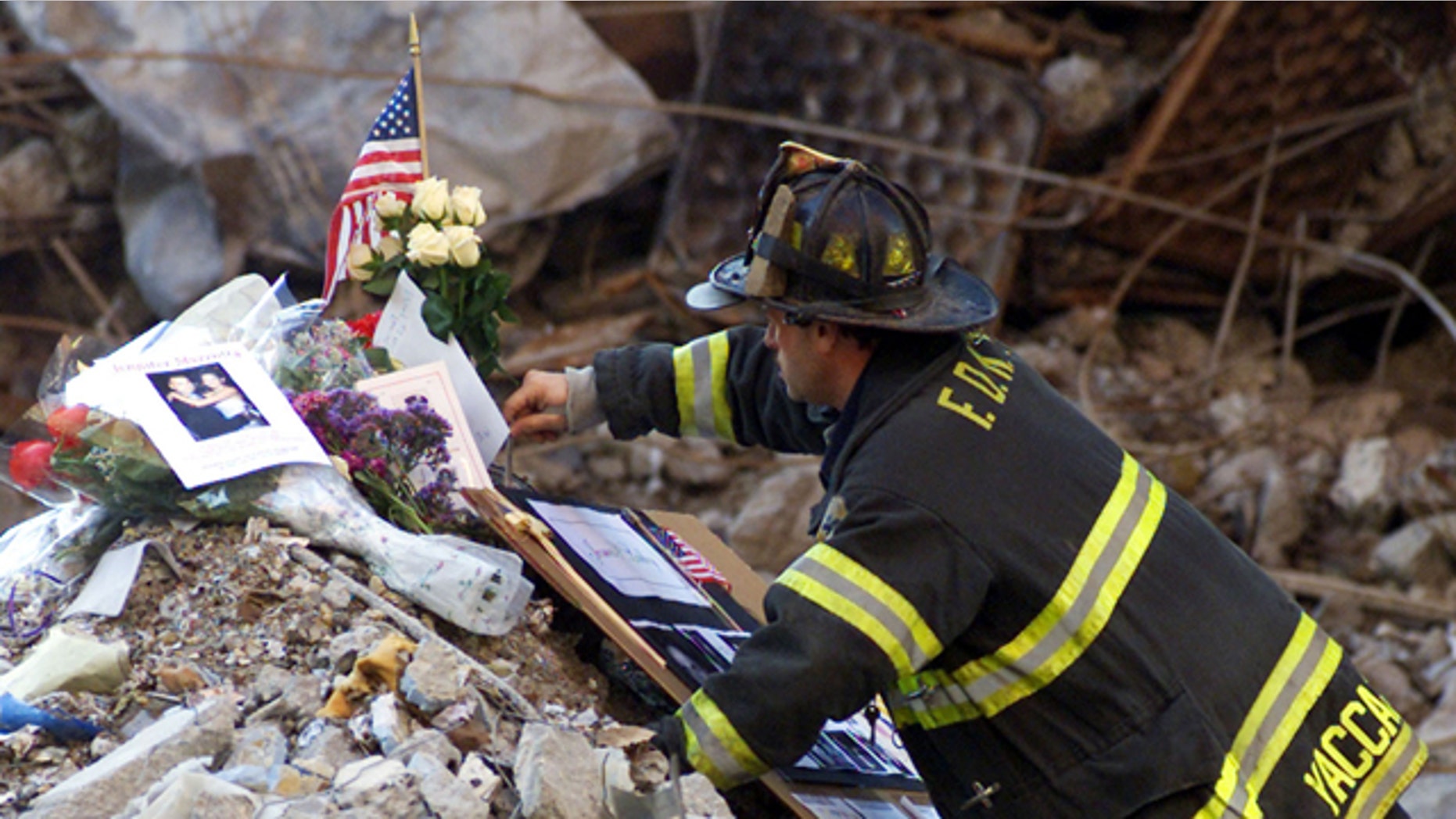911 Real Time Seattle: Understanding Emergency Response In The City
Emergency response systems are critical to maintaining public safety in urban areas like Seattle. The 911 real time Seattle service plays a pivotal role in ensuring rapid and efficient assistance during crises. By leveraging advanced technology and a dedicated team, this service aims to provide citizens with immediate support when they need it most.
Seattle's emergency response infrastructure is designed to handle a wide variety of situations, from medical emergencies to natural disasters. Understanding how the 911 real time Seattle system works can empower residents and visitors alike to respond effectively in emergencies. In this article, we will explore the inner workings of this critical service, its importance, and how it contributes to community safety.
Whether you're a long-time resident or a newcomer to Seattle, having knowledge of the 911 real time system can make a significant difference in emergency situations. Let's dive into the details and learn more about this essential public service.
Read also:Is Kamala Getting Divorced Understanding The Rumors And Facts
Table of Contents
- Introduction to 911 Real Time Seattle
- History of Emergency Response in Seattle
- Technology Behind 911 Real Time Seattle
- The Process of a 911 Call in Seattle
- Staff and Training
- Key Statistics and Data
- Challenges Faced by the System
- Improvements and Future Developments
- Community Involvement and Education
- Conclusion and Call to Action
Introduction to 911 Real Time Seattle
The 911 real time Seattle service is a lifeline for the city's residents and visitors. It operates around the clock, ensuring that help is just a phone call away. This system has evolved significantly over the years, adapting to technological advancements and the growing needs of the population.
Seattle's emergency response network is part of a larger national system, but it has unique features tailored to the city's geography and demographics. By integrating cutting-edge tools with experienced personnel, the service aims to deliver fast and reliable assistance.
In this section, we will explore the foundational aspects of the 911 real time Seattle system, including its purpose, scope, and how it fits into the broader emergency response framework.
History of Emergency Response in Seattle
Seattle's emergency response system has a rich history that dates back several decades. Initially, emergency calls were handled through separate channels for police, fire, and medical services. However, the introduction of the universal 911 number in the 1970s revolutionized how emergencies were managed.
Evolution of the System
Over the years, the system has undergone numerous upgrades to improve efficiency and coverage. Key milestones include the implementation of Enhanced 911 (E911) in the 1980s, which allowed dispatchers to automatically receive caller location data.
- 1970s: Introduction of the universal 911 number
- 1980s: Implementation of Enhanced 911 (E911)
- 2000s: Integration of mobile phone technology
Technology Behind 911 Real Time Seattle
Modern technology plays a crucial role in the effectiveness of the 911 real time Seattle system. Advanced software and hardware enable dispatchers to handle calls more efficiently and provide responders with accurate information.
Read also:Moncks Corner South Carolina To Tulsa Oklahoma Exploring The Scenic Route
Key Technologies
Some of the technologies used in the system include:
- Computer-Aided Dispatch (CAD): Streamlines the process of assigning resources.
- Global Positioning System (GPS): Provides precise location data for callers.
- Next Generation 911 (NG911): Allows for multimedia communication, such as text and video.
These tools work together to enhance the speed and accuracy of emergency response, ultimately saving lives.
The Process of a 911 Call in Seattle
When someone dials 911 in Seattle, a series of steps are initiated to ensure the fastest possible response. Understanding this process can help callers provide the necessary information and cooperate with dispatchers effectively.
Step-by-Step Guide
- The call is routed to the nearest public safety answering point (PSAP).
- A dispatcher answers the call and gathers essential details, such as location and nature of the emergency.
- Based on the information provided, the dispatcher assigns the appropriate emergency services.
- Responders are dispatched to the scene, and updates are provided as needed.
This structured approach ensures that every call is handled with care and precision.
Staff and Training
The success of the 911 real time Seattle system relies heavily on the dedicated staff who operate it. Dispatchers undergo rigorous training to prepare them for the demanding nature of their work.
Training Program
Training programs for dispatchers include:
- Communication skills
- Stress management techniques
- Technical knowledge of the systems used
Continuous education and certification are also required to keep dispatchers up-to-date with the latest protocols and technologies.
Key Statistics and Data
Data plays a vital role in evaluating the effectiveness of the 911 real time Seattle system. By analyzing statistics, improvements can be made to enhance service delivery.
Relevant Statistics
According to recent reports:
- Seattle's 911 system handles over 400,000 calls annually.
- The average response time for high-priority calls is approximately 6 minutes.
- Over 80% of callers are satisfied with the service provided.
These figures demonstrate the system's reliability and the importance of maintaining high standards.
Challenges Faced by the System
Despite its many successes, the 911 real time Seattle system faces several challenges. These challenges range from technological limitations to increasing call volumes.
Common Challenges
- Handling non-emergency calls that strain resources
- Ensuring compatibility with emerging technologies
- Addressing language barriers and accessibility issues
Efforts are ongoing to address these challenges and improve the overall functionality of the system.
Improvements and Future Developments
The future of the 911 real time Seattle system looks promising, with several advancements on the horizon. These improvements aim to enhance user experience and increase the system's efficiency.
Upcoming Developments
Some of the anticipated improvements include:
- Expansion of NG911 capabilities to support more multimedia communication
- Integration of artificial intelligence for faster data analysis
- Enhanced training programs for dispatchers
These innovations will undoubtedly strengthen the system's ability to meet the evolving needs of the community.
Community Involvement and Education
Community involvement is essential for the success of the 911 real time Seattle system. Educating the public about how to use the service properly can lead to better outcomes during emergencies.
Education Initiatives
Some of the initiatives aimed at educating the public include:
- Workshops and seminars on emergency preparedness
- Public service announcements highlighting proper use of 911
- Partnerships with local organizations to promote awareness
By fostering a well-informed community, the system can function more effectively and efficiently.
Conclusion and Call to Action
The 911 real time Seattle system is a vital component of the city's emergency response infrastructure. Through advanced technology, skilled personnel, and community involvement, it continues to provide exceptional service to those in need. Understanding how the system works and supporting its development can contribute to a safer and more prepared Seattle.
We encourage readers to share this article and engage in discussions about emergency preparedness. By staying informed and involved, we can all play a part in ensuring the continued success of the 911 real time Seattle service.
For further reading, check out our other articles on public safety and emergency response. Together, we can build a stronger, safer community.


